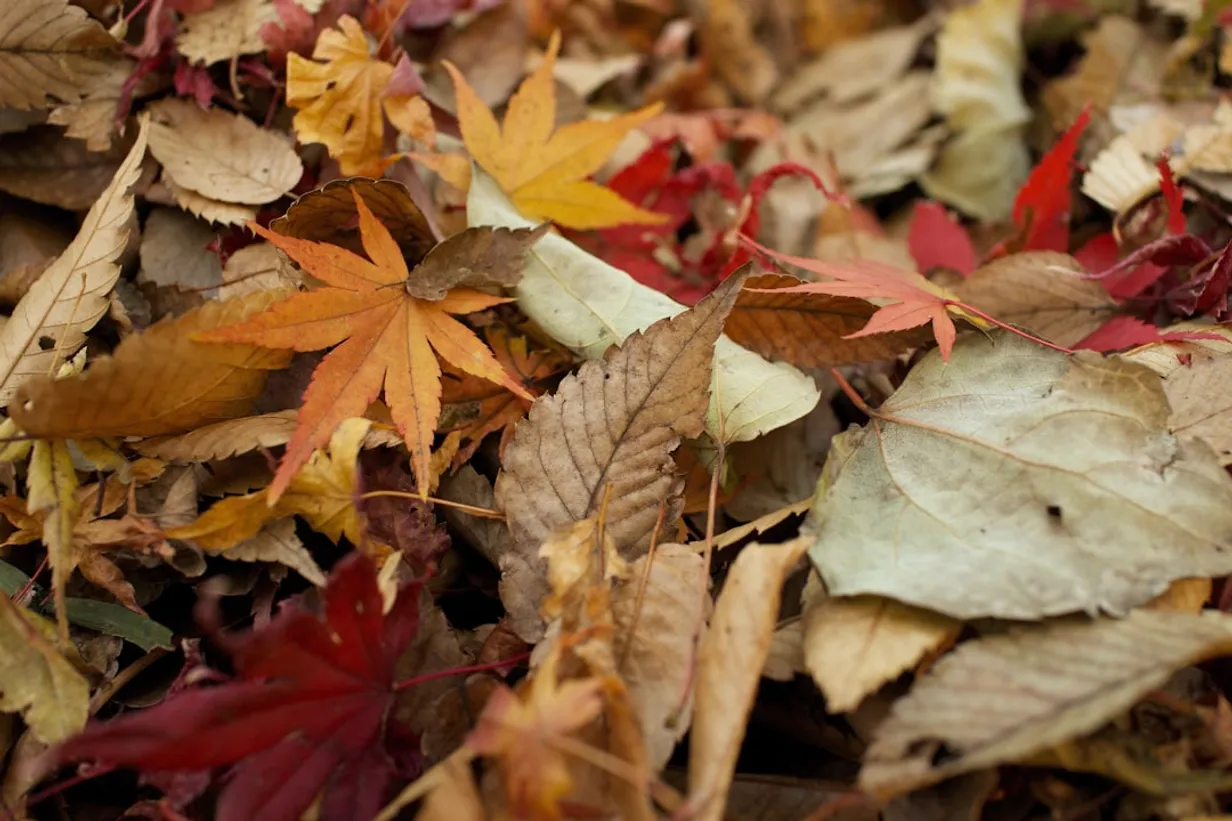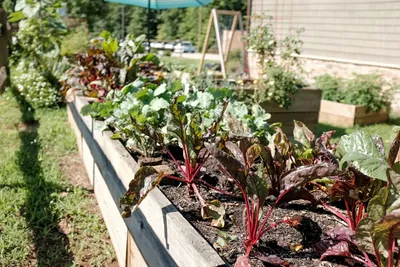Understanding Australia's Wet Season
Australia's wet season, known for heavy rainfall and high humidity, can transform your garden's dynamics significantly. Occurring mainly in the north and often stretching from November to April, it's crucial to prepare and manage your garden to withstand the deluge.
Selecting the Right Plants
Choosing plants that thrive in moist conditions is key during the wet season. Consider incorporating native plants such as Melaleuca and Callistemon, which are adapted to heavy rainfall and poor drainage. Tropical fruit trees like mango and papaya also fare well.
Improving Garden Drainage
Heavy rainfall can lead to waterlogged soil, which is detrimental to most plants. Ensure your garden has adequate drainage by incorporating raised garden beds and using organic matter like compost to improve soil structure. Implementing swales—shallow channels directed away from plants—can also prevent excess water buildup.
Pest and Disease Management
The wet season can accelerate the proliferation of pests and diseases due to damp conditions. Regularly inspect plants for signs of fungal diseases and consider using organic fungicides if necessary. Deploy physical barriers and eco-friendly traps to manage increased insect activity.
Water Management
Despite the abundance of rain, strategic watering remains important. Water early in the morning, allowing foliage to dry throughout the day, which helps prevent fungal diseases. Collect rainwater in barrels to reuse during dry spells.
Regular Maintenance
Keeping your garden tidy is crucial throughout the wet season. Regularly prune excess foliage to improve air circulation, which reduces fungal growth. Remove debris and weeds promptly, as they can harbor pests and pathogens.
Conclusion
By adopting these strategies, you can ensure the vitality of your garden despite the challenges of Australia's wet season. A well-designed and maintained garden not only survives but thrives, bringing lush greenery and vibrant blooms throughout the year.
Popular Gardening & Home Articles
Discover the articles that our readers love most about transforming homes and gardens into lush, relaxing sanctuaries.

How to Create a DIY Vertical Garden for Small Spaces

Crafting Your Own Herb Spiral in the Backyard


